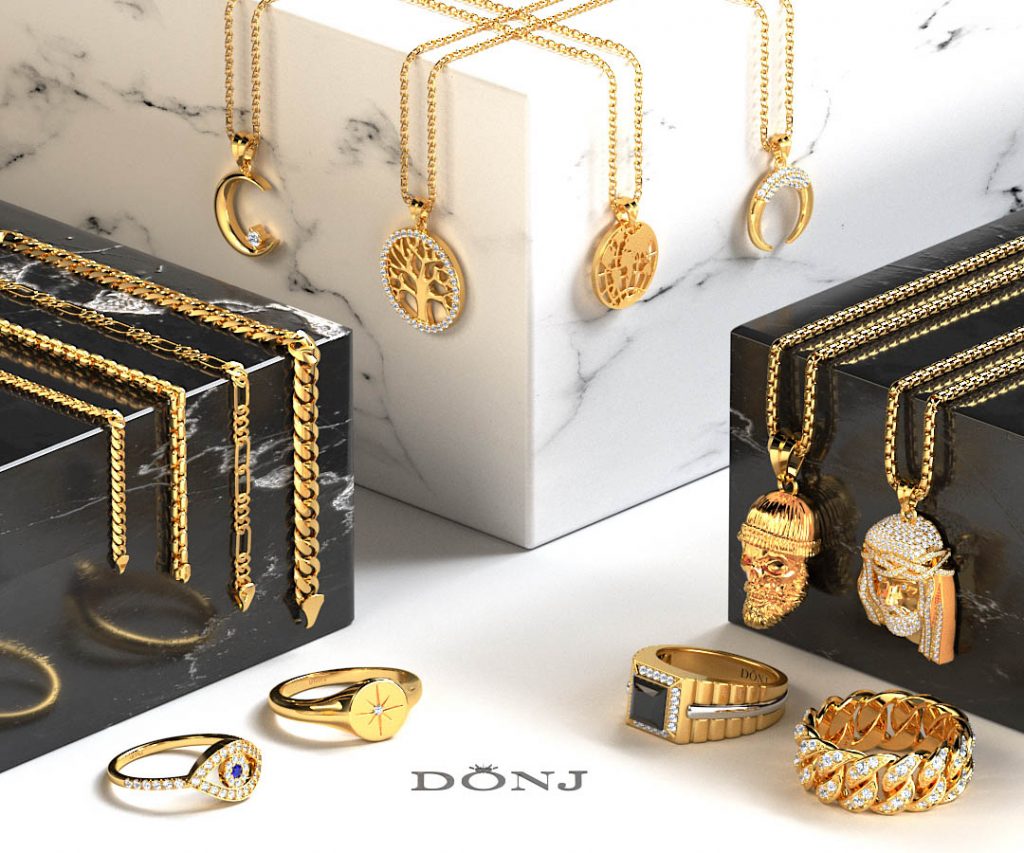Comprehending the Economic Implications of Charges and Charges in Precious Metal Acquisition and Pawning Deals
Comprehending the Economic Implications of Charges and Charges in Precious Metal Acquisition and Pawning Deals
Blog Article
Gold has been a prized resource for ages, serving as a form of currency, investment, and ornamentation. When buying or pawing gold, it is crucial to understand the financial consequences of various fees and costs that can influence the overall expense and worth of the transaction. These fees can significantly affect how much money one receives when pawning gold or how much is paid when buying it. Being aware of these charges can aid buyers make informed decisions and prevent unexpected costs.
When purchasing gold, customers should be aware of several types of fees. One common fee is the premium, which is the discrepancy between the wholesale price and the consumer price. Retailers often add a markup to cover business costs and profit margins. Additionally, there may be sales tax imposed during the transaction, depending on local laws. Consumers should also take into account other potential charges, such as delivery fees if the gold is being shipped. Understanding these costs in advance can prevent unexpected fees and help purchasers budget accordingly.
Pledging gold also comes with its own set of fees and costs. Pawn shops typically impose interest on loans secured by gold goods. The interest rate can vary greatly among various pawn shops, so it is important to compare rates to visit the site locate the best deal. There may also be holding fees if the pawned gold is kept for an prolonged period. Furthermore, pawn shops may charge fees for valuations or processing the loan, which can increase to the total cost. Knowing these fees can help individuals make smarter financial decisions when pawning their gold.
Another crucial aspect to take into account is the weight and purity of the gold being purchased or pawned. The worth of gold is determined by its present market gold bullion sellers and buyers price, which varies based on economic conditions, need, and supply. Additionally, gold pieces are often measured in karats, which indicates the fineness of the metal. Higher quality gold typically commands a greater price. Understanding how these elements affect the monetary outcome of gold transactions is important for consumers, as they can affect the fees charged and the ultimate amount obtained or paid.
In summary, being informed about the fees and charges linked with buying and pledging gold can lead to smarter financial choices. Whether purchasing gold for investment or pawning goods for quick cash, people should take the effort to research and comprehend the different costs involved. This awareness can help consumers navigate the challenges of gold deals and ensure they maximize their monetary returns while minimizing unnecessary outlays.